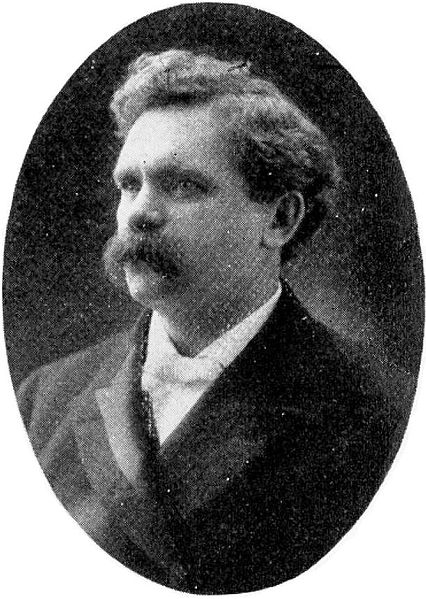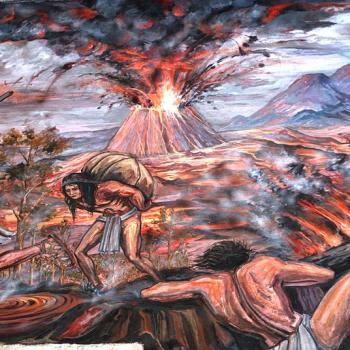
A great and pathbreaking Latter-day Saint intellectual, Elder Roberts compiled the so-called “Documentary History of the Church,” in multiple volumes, and authored the multi-volume “Comprehensive History of the Church” as well as many other significant works.
(Public Domain, from Wikimedia Commons)
The testimony of the eight witnesses differs from that of the three witnesses in that the view of the plates by the latter was attended by a remarkable display of the glory and power of God, and the ministration of an angel; but no such remarkable display of God’s splendor and power was attendant upon the exhibition of the plates to the eight witnesses. On the contrary, it was just a plain, matter-of-fact exhibition of the plates by the Prophet himself to his friends. They saw the plates; they handled them; they turned the leaves of the old Nephite record, and saw and marveled at its curious workmanship. No brilliant light illuminated the forest or dazzled their vision; no angel was there to awe them by the splendor of his presence; no soul-piercing voice of God from the midst of a glory to make them tremble by its power. All these supernatural circumstances present at the view of the plates by the three witnesses were absent at the time when the eight witnesses saw them. In this latter event all was natural, matter-of-fact, plain. Nothing to inspire awe, or fear, or dread; nothing uncanny or overwhelming, but just a plain, straightforward proceeding that leaves men in possession of all their faculties, and self-consciousness; all of which renders such a thing as deception, or imposition entirely out of the question. They could pass the plates from hand to hand, guess at their weight—doubtless considerable, that idea being conveyed in their testimony—“we have seen and hefted, and know of a surety, that the said Smith has got the plates.” They could look upon the engravings, and observe calmly how different they were from everything modern in the way of record-making known to them, and hence the conclusion that the workmanship was not only curious but ancient.[1]
The hallucination theory breaks down under the force of the matter-of-fact testimony of the eight witnesses, from which all possible elements of hallucination are absent.
The manifestation of divine power, through which the three witnesses received their testimony, destroys the theory of deception alleged to have been practiced by the Prophet on the credulity of the eight witnesses by exhibiting plates either manufactured by himself or some ancient plates accidentally discovered.
Such, then is the force of this direct testimony of the eleven witnesses to the truth of the Book of Mormon—the testimony of the three and the eight when considered together.[2]
But the testimony of the three and the eight witnesses, respectively, stands or falls together. If the pure fabrication theory is adopted to explain away the testimony of the eight witnesses, there is no reason why it should not be adopted to explain away the testimony of the three. But every circumstance connected with the testimony of all these witnesses . . . cries out against the theory of “pure fabrication.” It is in recognition of the evident honesty of the three witnesses that the theory of mental hallucination is invented to account for their testimony; as it is also the evident honesty of the eight witnesses that leads to the admission by many anti-“Mormon” writers that Joseph Smith must have had some kind of plates which he exhibited to the eight witnesses, though he may not have obtained them through supernatural means.[3]
[1] Roberts, Comprehensive History, 1:148-149.
[2] Roberts, Comprehensive History, 1:154.
[3] Roberts, Comprehensive History, 1:153-154.











